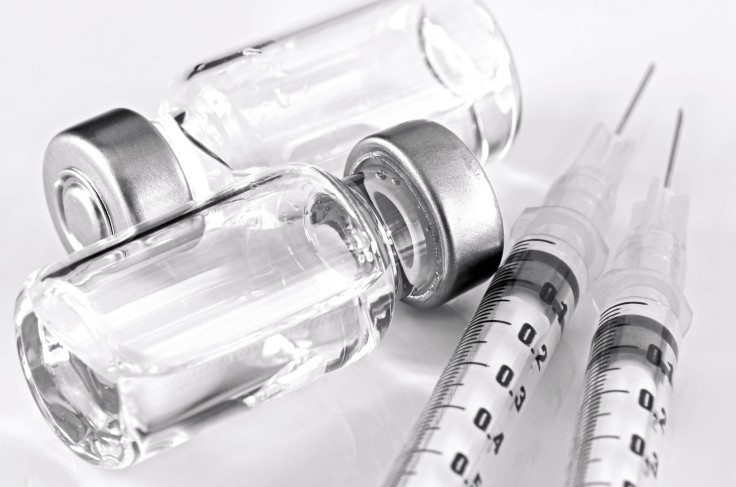Hoping To Curb Antibiotic Resistance, NIH Study Will Spend $4.8 Million To 'Teach' An Old Drug To Fight Superbugs

It's the nightmare scenario for health care workers: a bacterial infection that can't be treated by any drug known to man — the ultimate evolution of the so-called superbug.
Thankfully, these scenarios have so far remained elusive, but many experts believe it's only a matter of time before they became increasingly common, especially as rates of unneeded antibiotic use continues to climb, fostering resistance.
The important question then is how to delay the inevitable for as long as possible, hopefully in time for new treatments to come down the pipeline.
It's a question that a team of researchers at Wayne State University will spend the next five years and $4.8 million attempting to answer as they lead an international study of the antibiotic polymoyxin B, long considered a drug of last resort for its ability to treat hardy infections able to resist less potent antibiotics.
The utility of polymoyxin B, first discovered in a species of bacteria in the 1950's, does not come without a heavy price. The drug is powerful precisely because of its severe toxicity to bacteria and man alike, which would make its use limited even if antibiotic resistance wasn't a reality. But because it's seldom used, the type of bacteria it can target are less likely to have picked up tricks that enable them to survive its onslaught (polymoyxin B can only be used to attack gram-negative bacteria, which have thinner cell membranes).
For the Wayne State University researchers, it will be their goal to create uniform treatment guidelines for polymoyxin B that strike a balance between safely treating patients at the end of their rope and not promoting drug resistance any more than they have to.
“Our study will provide urgently needed information to guide clinicians in the proper intravenous dosing of polymyxin B in critically-ill patients," said lead investigator Dr. Kevin Kaye in a statement. "It is critical to have these dosing guides to assure that this agent of last resort is preserved and that these superbugs do not become resistant to it. These guides will aid in minimizing unnecessary toxic side effects of the drug."
The study, which will include researchers from Australia and Singapore, will be able to measure any potential resistance as it happens in real time.
"Patients being treated with intravenous polymyxin B will be identified, and will have blood collected at various times surrounding a dose of polymyxin B between days 1 and 5 of therapy," said Kaye. "Development of nephrotoxicity, clinical response and bacteriological response will be examined. Total and free plasma concentrations of polymyxin B will be determined, and bacterial isolates will be examined for the emergence of polymyxin resistance."
Though polymyxin B has been primarily used to treat urinary tract infections and meningitis, it appears that this study will focus on treating any gram-negative superbugs that have become resistant to all other drugs. Strange as it might sound, polymyxin B is also found, presumingly in a much weaker concentration, in the topical and over-the-counter antibiotic medication Neosporin, which combines three different antibiotics and is intended to promote the healing of skin wounds. The medication has however been suspected of creating resistance.
The study, “Optimizing clinical use of polymyxin B: teaching an old drug to treat superbugs,” is being funded by the National Institutes of Health (NIH), more specifically through the National Institute for Allergy and Infectious Diseases (NIAID).



























